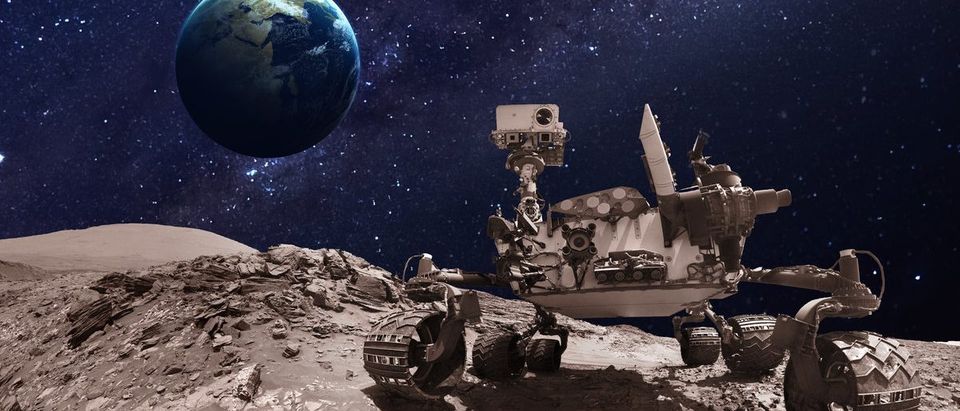An experimental NASA’s Mars rover finished testing Wednesday in one of the Earth’s driest places.
An experimental rover in the the Atacama Desert of Chile completed a series of roving, drilling and life-detection tests. This demonstrated the technical feasibility of equipment and techniques that will soon be used by NASA’s next Mars rover to search for evidence of life on the Red Planet.
NASA engineers successfully tested the rover’s drill, which was capable of digging down up to six feet in a search for evidence of current or past life.
“The drill, rover and robot arm combination behaved beautifully in the field,” Dr. Brian Glass, a NASA investigator, said in a press statement. “It was a steady platform that enabled us to go deeper than we expected.”
The researchers studied how life exists in the high desert on Earth and how it first developed in this environment, which is very similar to that of Mars.
NASA’s Mars 2020 mission will conduct experiments explicitly looking for signs of life, past and present in a region of Mars where life could have existed. The rover will include a wide array of scientific instruments to test for the presence of life as well as microphones to listen to the sounds of Mars and potentially even include tiny helicopter-like drones, which would use the rover as a base for further exploration. Most notably, Mars 2020 will be equipped with a powerful laser drill which will vaporize rocks and soils to determine their composition.
Chinese state-run media has also released government plans to land an unmanned rover to Mars in 2020. China’s plans to land a solar-powered rover on Mars in July or August of 2020 while NASA intends to launch its own $2.1 billion dollar nuclear isotope powered Mars 2020 rover the same month. China’s rover will weigh an estimated 440 pounds, making it much smaller than previous NASA’s most recent Curiosity rover, which weighs 2,000 pounds.
NASA hasn’t launched an astronaut into space since 2011 without the help of the Russians and has been forced by the Obama administration to delay its Mars missions until 2030. Before Obama took office, NASA had sent a steady stream of missions to Mars, but the agency has been forced to scale back to only one more planned mission, the Mars 2020 Rover.
Send tips to andrew@
All content created by the Daily Caller News Foundation, an independent and nonpartisan newswire service, is available without charge to any legitimate news publisher that can provide a large audience. All republished articles must include our logo, our reporter’s byline and their DCNF affiliation. For any questions about our guidelines or partnering with us, please contact licensing@dailycallernewsfoundation.org.


